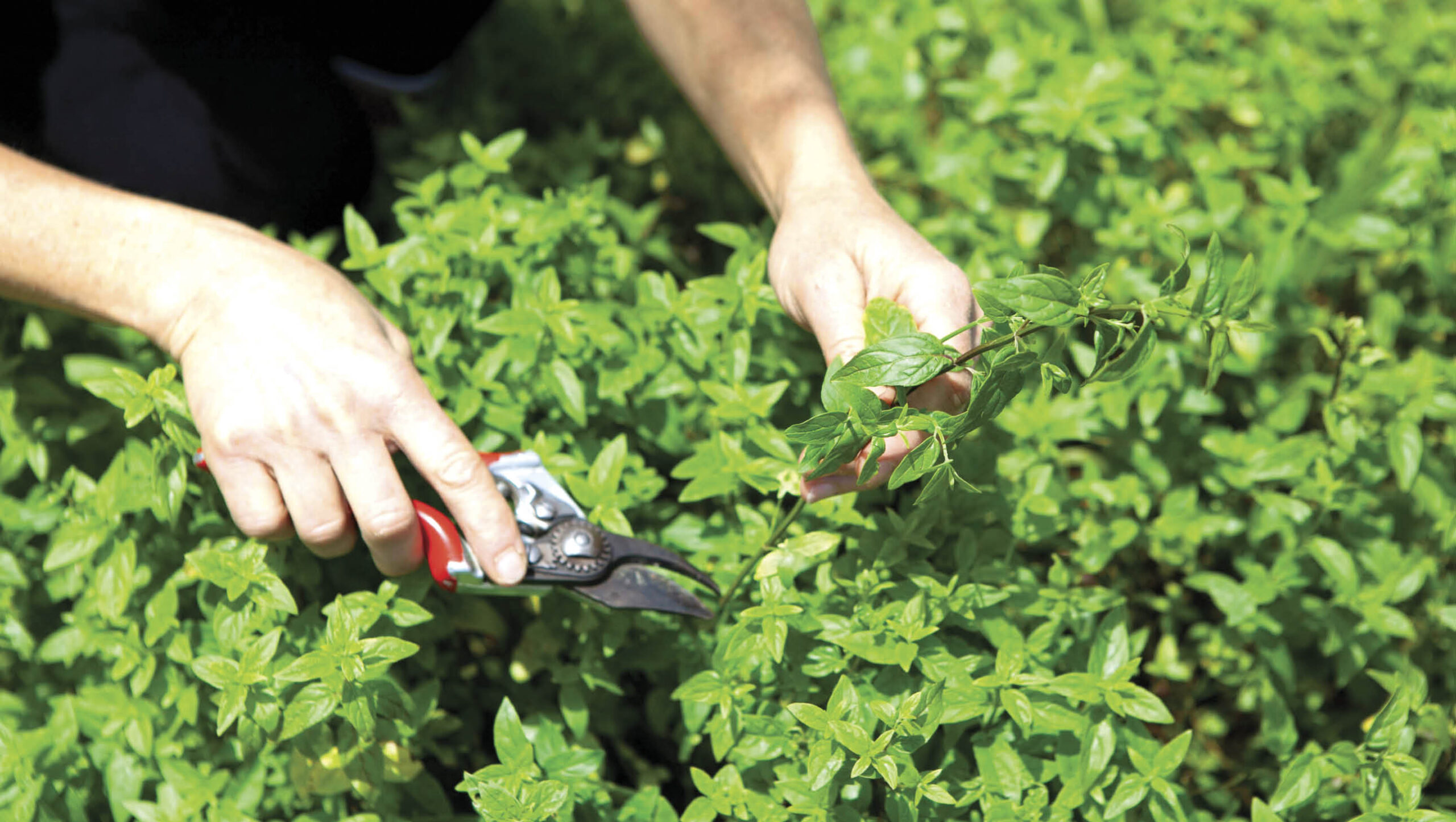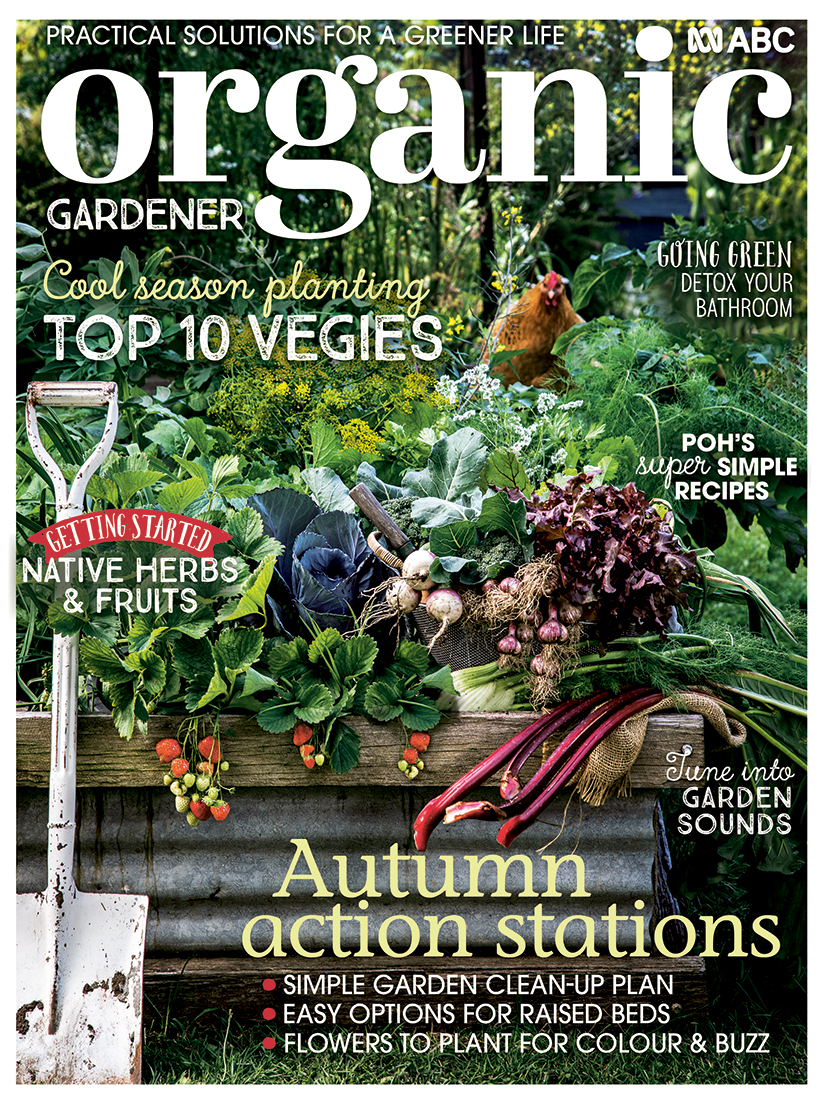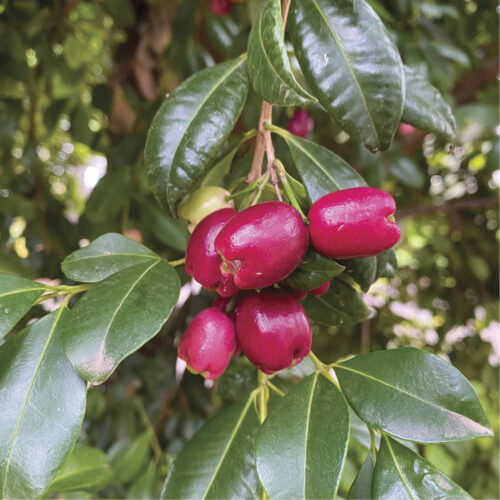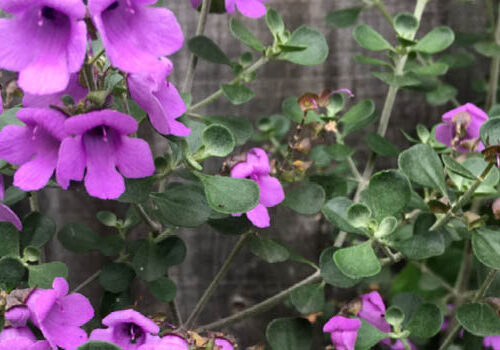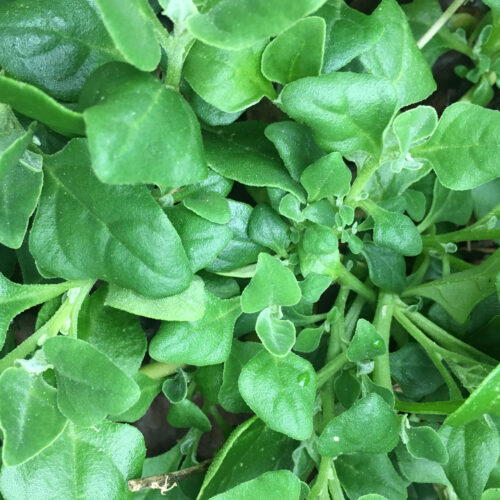Edible natives to grow in your garden
2024-06-15T06:57:00+10:00
Want to add native edible plants to your garden so you can start using them in your cooking? Karen Sutherland has grown them for many years and has some suggestions.
My love affair with growing and using edible native plants started around 15 years ago with herbs such as lemon and cinnamon myrtle, native thyme and sage, and native pepper. Since then, I have learned about the many native fruits that grow in my cool climate garden: finger limes, desert lime, ruby saltbush and midyim berries, to name a few. I’ve also harvested my first quandongs and wattle seed from small plantings on my family’s land.
However, most gardeners have limited experience of growing native food plants beyond finger limes, lemon myrtle and midyim berries. Yet there are thousands of edible native plants that have been used by indigenous Australians.
Mostly unaware of the wealth of these foods on our doorstep, non-indigenous Australians are now beginning to appreciate the variety of edible plants that grow here and their high nutritional value. These plants were absent from nurseries until fairly recently, and finding information about their culinary use was challenging.
Here’s four to plant in your garden.
NATIVE MINT Mentha spp. (main image)
There are three types available in nurseries, including my favourite, river mint (Mentha australis), although this name is misleading as it doesn’t need a lot of water to thrive. It’s an adaptable plant that loves growing between other plants in the garden, and on verge gardens. I don’t find it a reliable pot plant, but if potting, use a wide pot and give it lots more watering. Cut back deciduous branches in winter by half, rather than to ground level. Also look for bush mint (M. satureioides) and native peppermint (M. diemenica).
Uses: Fresh or dried leaves make a delightful hot or cold tea, great for soothing headaches. The soft leaves are a great addition to salsas, salads and fruit salads, just before serving.
Buying: Your local indigenous nursery; sometimes available online.
NATIVE OREGANO OR THYME Prostanthera rotundifolia
This herb is closely related to P. incisa and has similar uses and growing requirements. They thrive in rich, well-drained soil with regular watering and can be grown in pots. They grow quickly but have a relatively short lifespan. Regular tip pruning helps to promote longevity while keeping them bushy. Both feature masses of bright purple edible flowers in spring.
Uses: Fresh leaves make fantastic herb butter, spread on crusty bread or melted over pasta or cooked vegetables. Alternatively, use dried leaves in meat marinades or rubs, with eggplant dishes, or cook with quinces or rhubarb.
Buying: Both are available at retail nurseries or through online distributors.
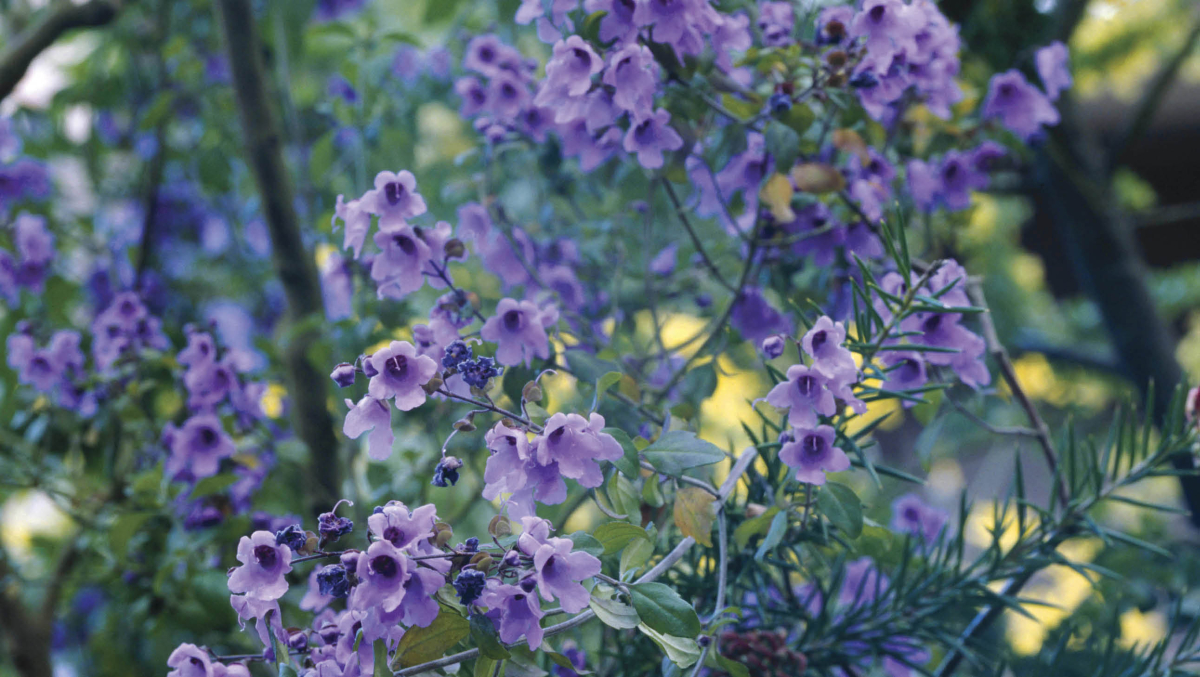
ANISEED MYRTLE Syzygium anisatum
This needs a very protected position in the garden (think rainforest). They can reach 3–4m high and 1.5m wide. In cold climates, they are slow growing – my 10-year-old potted plant is easily kept to 1.5m high. Water and feed regularly for best results. Flowers are delightfully scented.
Uses: The leaves boast a divine aniseed flavour and aroma, perfect for making fragrant tea and other drinks, whether used fresh or dried. Dried and ground leaves are delicious in baking.
Buying: Look for a plant in a 200mm pot so you can harvest earlier. Buy from retail nurseries.
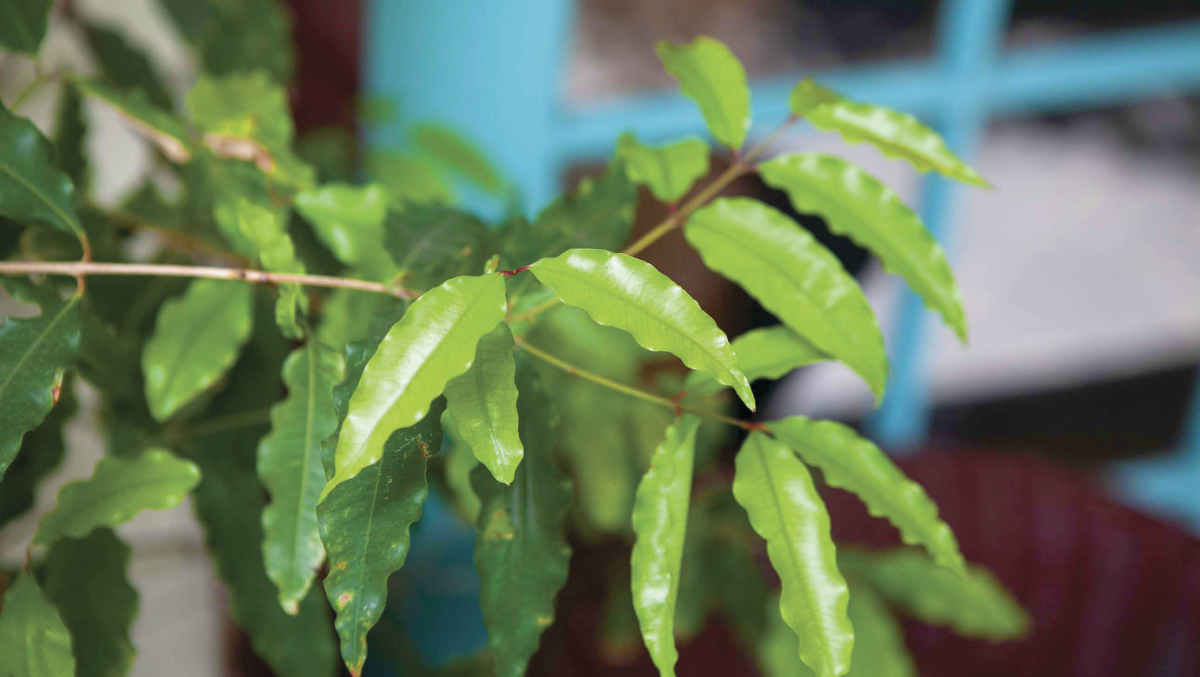
OLD MAN SALTBUSH Atriplex nummularia
This plant is native to inland areas of Australia and widely grown on farms for animal fodder. Additionally, it’s my favourite leafy saltbush and grows in most climates except the tropics, reaching up to 2m tall and 2m wide if unpruned.
You can grow it in a container, and it tolerates regular watering better than other saltbushes, making it perfect for home gardens. Additionally, it prefers full sun, tolerates light shade, and needs good drainage.
Uses: Enjoy the salty flavour of torn fresh leaves in salads, put bunches under roasts or in slow-cooked dishes, deep fry large leaves for 20 seconds for chips, or add leaves to ferments for colour and flavour. Dried leaves are crumbled and used instead of salt. Dry leaves thoroughly in a dehydrator or oven set on low.
Buying: Look for large-leaf forms in retail nurseries; only these are palatable. Small leaf forms are tough and inedible.
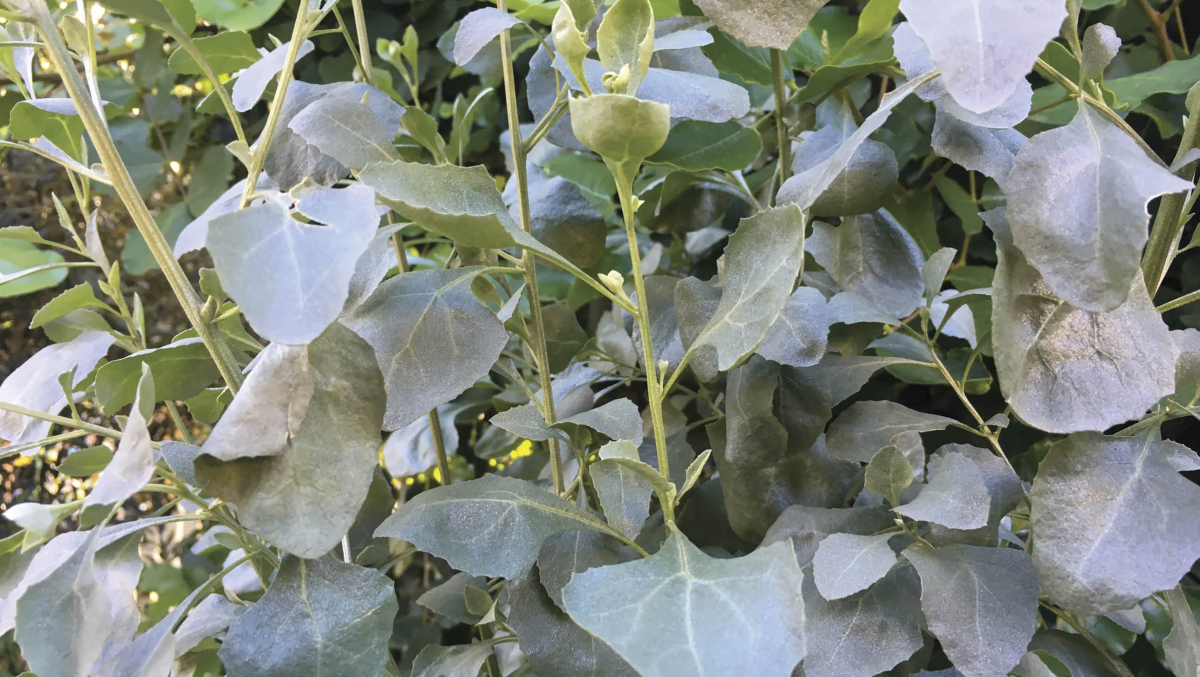
Other to try
Ruby saltbush Enchylaena tomentosa
Salty sweet fruits are pink, red or orange when ripe, depending on the plants of your area. They like full sun and are drought tolerant. Buy from your local indigenous nursery or online.
Beach bananas Disphyma crassifolium (main picture)
Also known as jellybeans or rounded noon-flower; easy to grow groundcover with succulent leaves that can be added to salads. Buy from retail, indigenous or online nurseries.
Davidson’s plum Davidsonia spp.
Large, tasty, tart fruits on upright plants that are shade tolerant. Grow D. pruriens in warm climates, and D. jerseyana in cold climates, where they may take 10 years to fruit. Buy in retail nurseries or online.
Lilly pilly Szygium spp.
A common street tree, with fruit for foraging. Eat fresh or use for making cordial and jams. Riberry (S. luehmannii) and S. australe are among the tastiest, but S. smithii is also useful in cooking.
Growing vs foraging
As an urban gardener, it’s more convenient to grow at home than forage in the bush. When you buy a labelled plant, it’s already identified, making it less risky than finding plants in the bush. I don’t like to forage too much, preferring to leave the food for native creatures. If I do, my favourite places to forage in Melbourne are community food forest gardens and verges, where I find lilly pillies, coastal wattle seeds and coastal saltbush.
For information on drying and grinding your own herbs, see organicgardener.com.au/blogs/how-dry-herbs.
Karen’s full feature on growing edible natives appeared in our Early Autumn 2023 issue (OG 139). You can get more organic growing and living ideas by getting our latest issue here.

